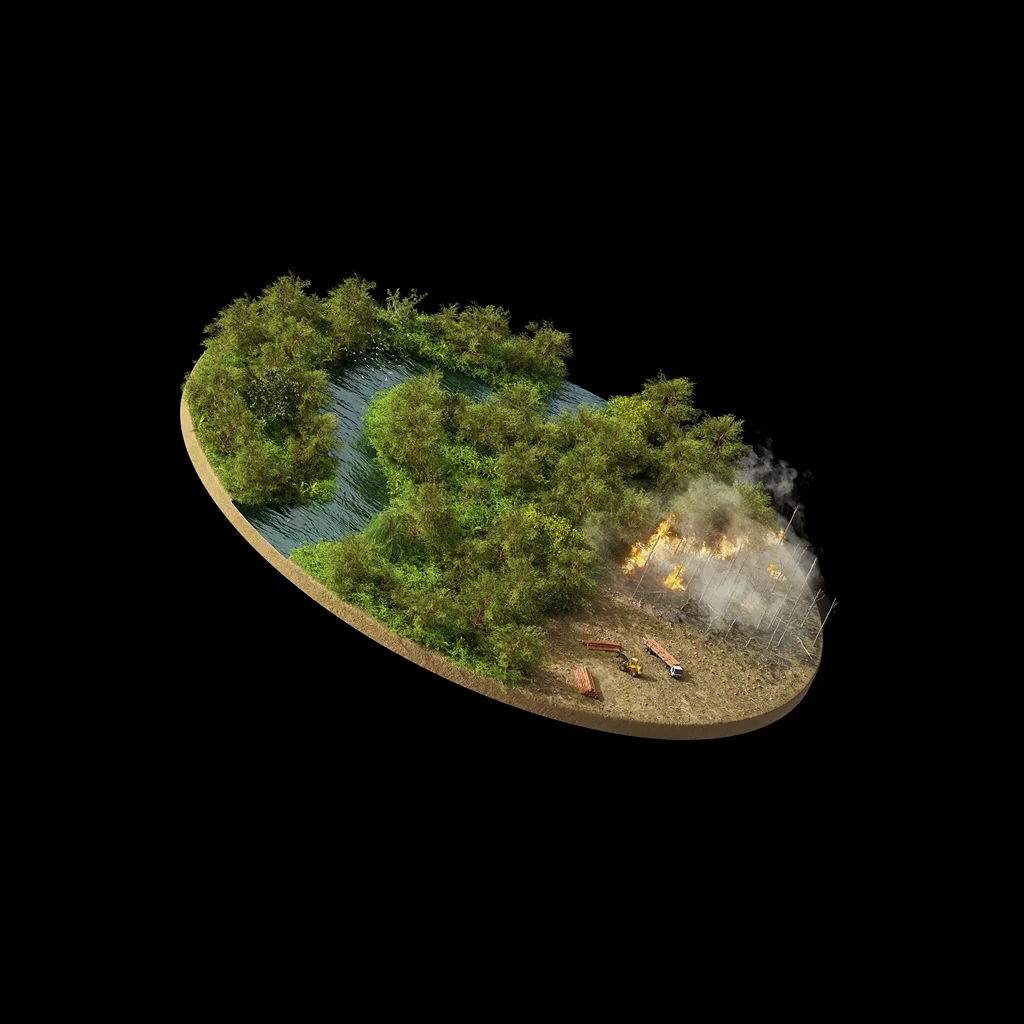Has the Amazon Reached Its “Tipping Point”?
In the past half-century, 17 percent of the Amazon — an area larger than Texas — has been converted to croplands or cattle pasture. Less forest means less recycled rain, less vapor to cool the air, less of a canopy to shield against sunlight. Under drier, hotter conditions, even the lushest of Amazonian trees will shed leaves to save water, inhibiting photosynthesis — a feedback loop that is only exacerbated by global warming.
According to the Brazilian Earth system scientist Carlos Nobre, if deforestation reaches 20 to 25 percent of the original area, “flying rivers” — rain clouds that recycle the forest’s own moisture five or six times — will weaken enough that a rainforest simply will not be able to survive in most of the Amazon Basin. Instead it will collapse into scrubby savanna, possibly in a matter of decades.
Losing the Amazon, one of the most biodiverse ecosystems on Earth, would be catastrophic for the tens of thousands of species that make their home there. What scientists are most concerned about, though, is the potential for this regional, ecological tipping point to produce knock-on effects in the global climate.
امیدواریم که از پادکست Daily New york Times لذت برده باشید همچنین برای یادگیری بیشتر توصیه میکنیم بخش آیلتس سایت رو ببنید.
همچنین برای تهیه ی کتاب های آموزشی زبان انگلیسی می توانید به سایت فرتاب مراجعه فرمایید.




